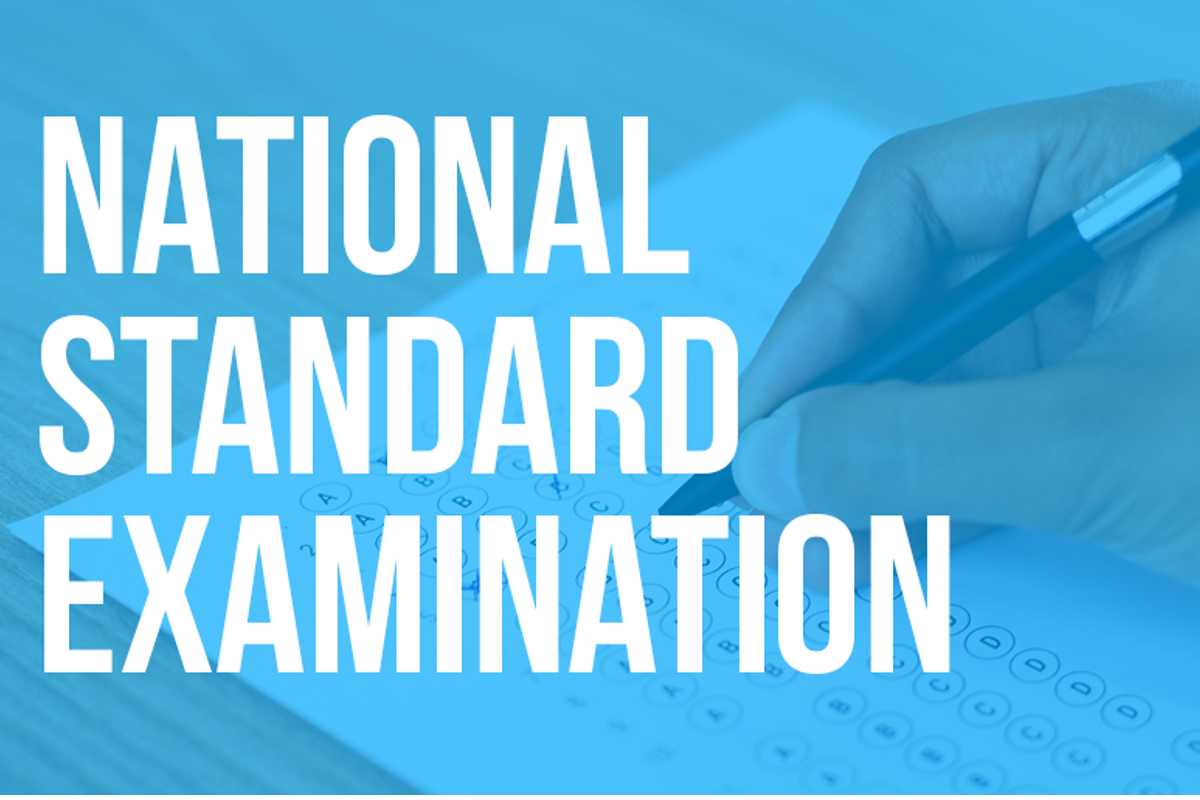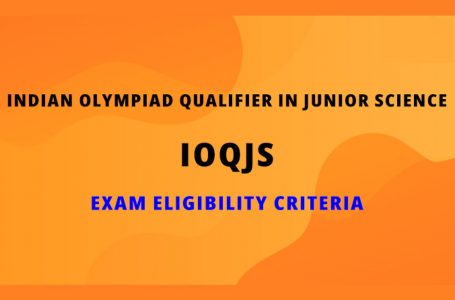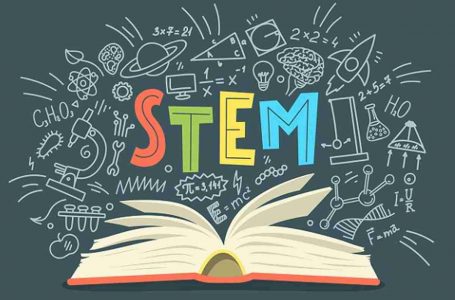NSEP (National Standard Examination In Physics)

The national standard examination in physics is organized by the Indian association of physics Teachers ( ISPT ). It is held all over the country for the students of classes 11th and 12th. This examination aims to select the participants for the international-level Olympiad. It is a single-level test. Before the national level, the regional level examination is conducted. The officials provide the answer key to the students after a week. It provides a platform for students who want to enhance their abilities in the field of physics.
Table of Contents
Overview
Complete the form of the examination | NSEP (National standard examination in physics) |
Conducting Body | Indian association of physics Teachers (IAPT) |
Eligible classes | 9th – 12th |
Official website | https://www.Iapt.org.in |
Exam pattern for NSEP
The question paper consists of 2 parts which are as follows:
Part 1 – This section consists of 50 multiple choice and 6 short answer-based questions. The marks are the same for all the questions. The question paper is both in Hindi and English.
Part 2- This section consists of reasoning-based questions. The second stage is challenging as it contains reasoning and skills questions.
Exam timing | 8:30 am – 10:30 am |
levels | 2 |
Conducted for | 11th and 12th students |
Total no. of questions | 70 multiple-choice-based questions |
Total marks | 240 marks |
Eligibility criteria for NSEP
The students need to meet the eligibility criteria before applying for the examination.
- The student must be a citizen of India.
- Usually, age is the biggest concern in all the Olympiads, while in this, the candidate must be 15 – 20 years old.
- Candidates can not appear in the examination if they have passed 12th grade.
- It is compulsory to pay the registration fees to all the students.
- Candidates who have appeared in the prior international examination can not give this exam.
- The students must wait for the official declaration of results until they cannot enroll in any college.
- Candidates should be aware of all the rules and regulations that the officials provide.
Syllabus for NSEP
The students have to study the whole syllabus of 9th, 10th, 11th, and 12th grade before appearing for the examination. The most important topics are as follows:
Chapters | Important topics |
Wave optics | YDSE with a monochrome light |
Surface tension | Excess pressure in drops and bubbles |
Rotation | Movement of inertia |
Gravitation | The universal law of gravitation |
Sound wave | Doppler effect, organ pipes, and resonance |
Rectilinear motion | Equation of motion and motion under gravity |
fluid | Archimedes' principle and force of buoyance |
Newton’s law of motion | Calculation of power and acceleration |
miscellaneous | miscellaneous |
Modern physics - 1 | Electronic transition in the hh like atomspecies, photoelectronic effect, x-ray |
Heat transfer | Thermal conduction in the linear conductor |
thermodynamics | The first law of thermodynamics, root mean square velocity, kinetic energy |
Simple harmonic motion | Equation of SHM, spring-mass system |
Work, power, energy | Work done by a variable force, work energy theorem |
Semiconductor | Diode, logic gate, transistor |
electrostatics | Coulomb's law, electric potential and potential difference, flux calculation and gauss's law, conductor and its properties, electric pressure |
Electromagnetic induction | Self-inductance EMF and magnetic energy density |
Electromagnetic field | Magnetic field due to a magnet and earth, magnetic fields due to a straight wire, magnetic field due to ring, magnetic force and torque on a current carrying loop, dipole moment, the magnetic force on a charge |
Current electricity | The instrument, power, energy, battery, EMF, terminal voltage, and Kirchhoff's law |
Circular motion | Kinematics of circular motion, circular motion in a vertical plane |
Center of mass, momentum, and collision | Head–on collision, the motion of com |
capacitor | A capacitor of a dielectric, combination of capacitors |
Alternating current | Power consumed in AC circuit, resonance |
Geometrical optics | Lens, reflection by spherical surface, refraction by the prism, spherical mirror, reflection in general, refraction at the plane surface and TIR |
Registration Process For NSEP
The students can quickly fill out the registration form as the process is relatively easy and hassle-free. Students can register by themselves or through the educational centers. First, the students can fill out the registration form with all the essential details needed for registration. After that, they have to pay the fees to confirm the process. The registration fee for a student is 200. After registration, officials provide the students with the admit card and center information.
Result of NSEP
Once the whole conduction of the examination is completed, students are provided with the result. The examination result is usually declared after 4- 6 weeks of the examination. After that, students can check it on the official website.
FAQs
- How many students are selected for the NSEP?
Ans: Approximately 20000 – 60000 students are selected for the examination.
- What are the total marks in NSEP?
Ans: The total marks for the NSEP are 240, while each question has three marks.
- What are the benefits of qualifying for NSEP?
Ans: The NSEP provides a platform for students to improve and challenge their abilities in the field of physics.
- What comes after NSEP?
Ans: After completing the NSEP successfully, students are qualified for the international Olympiad.





